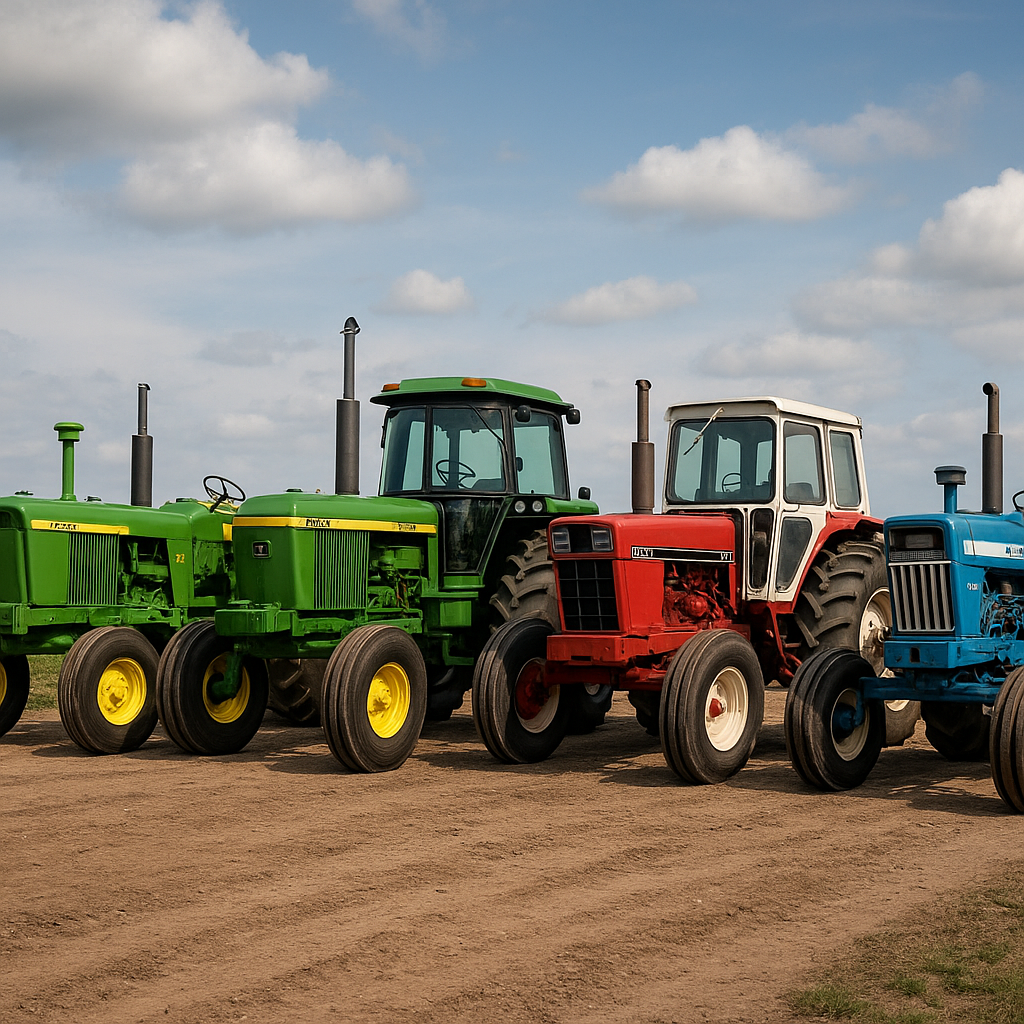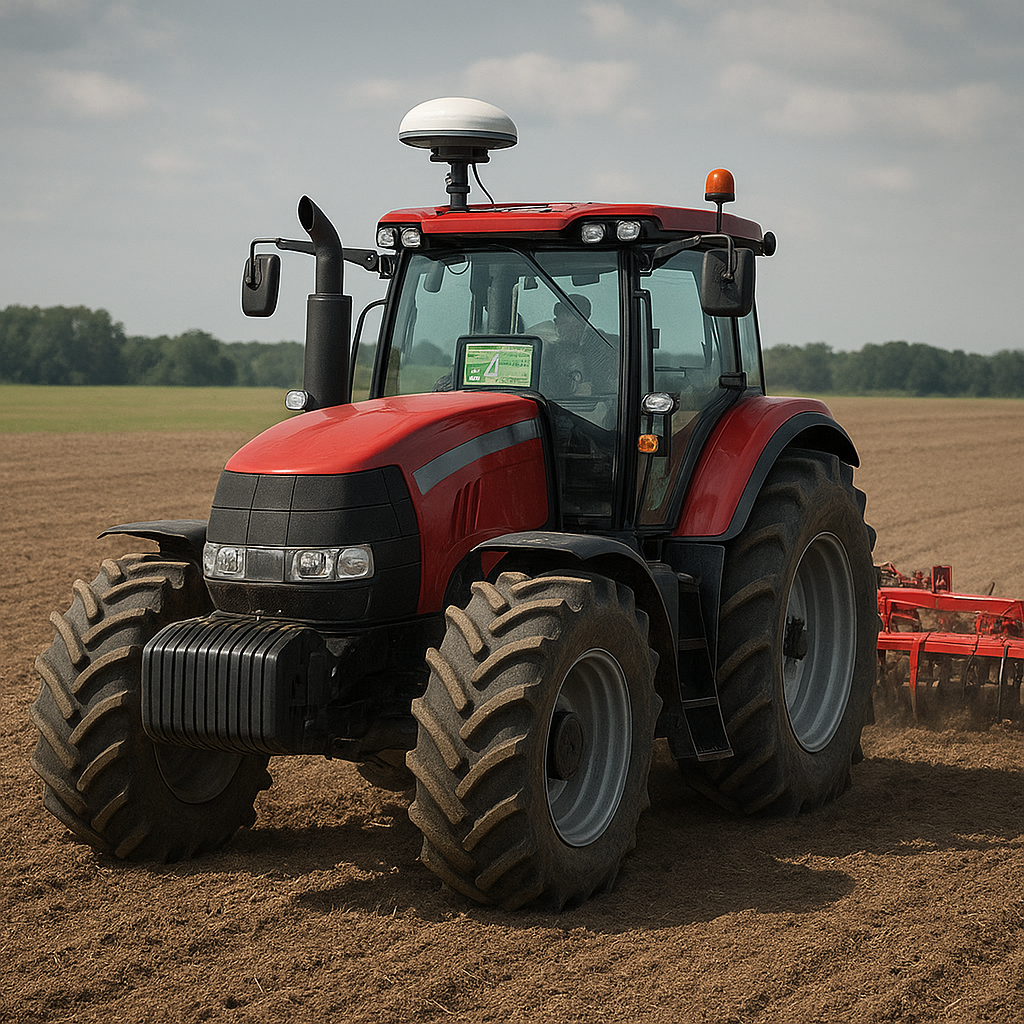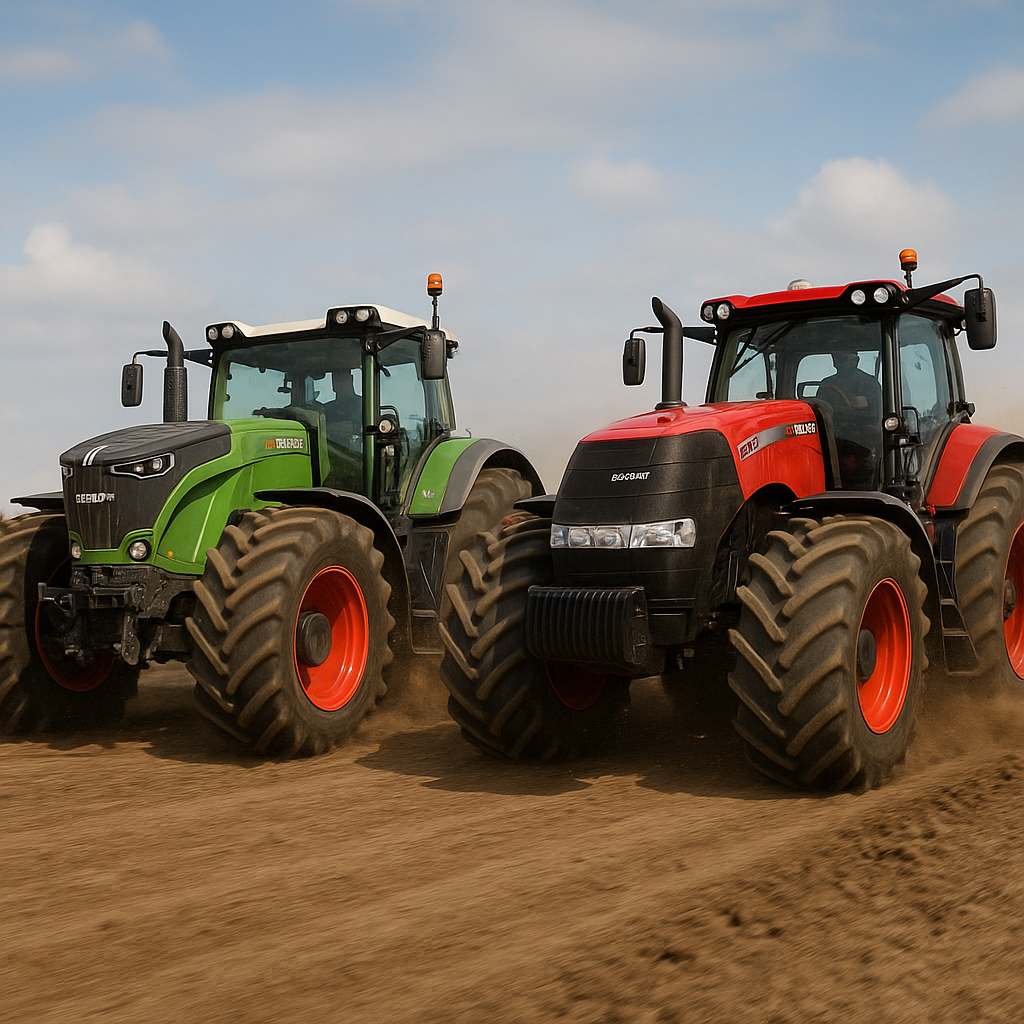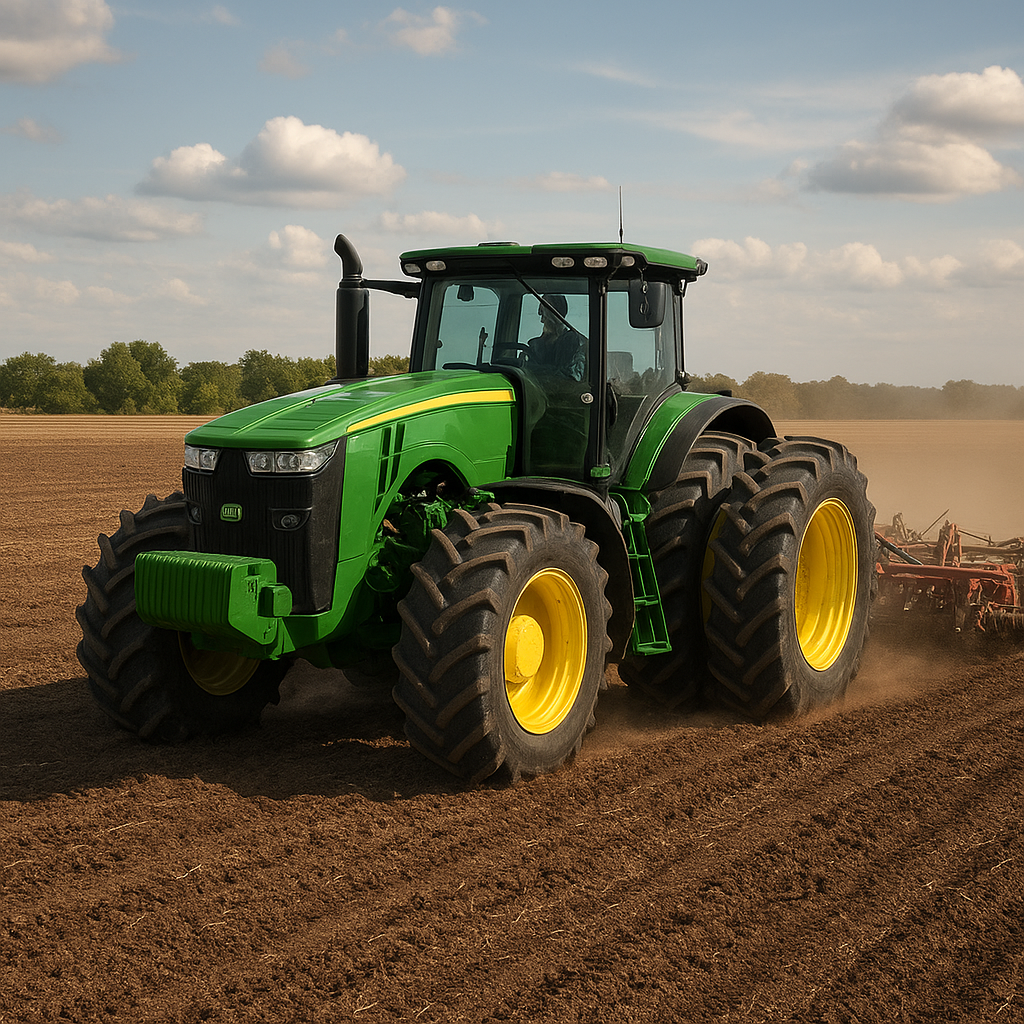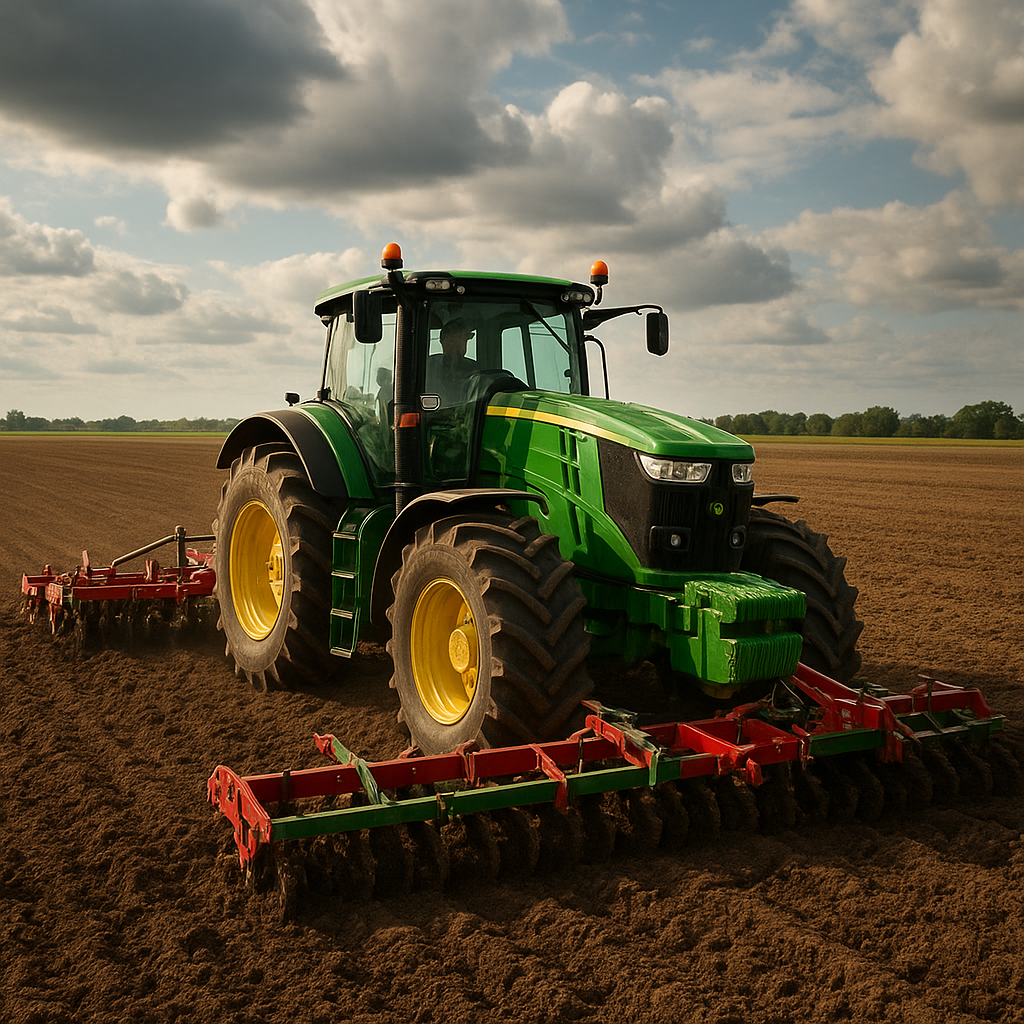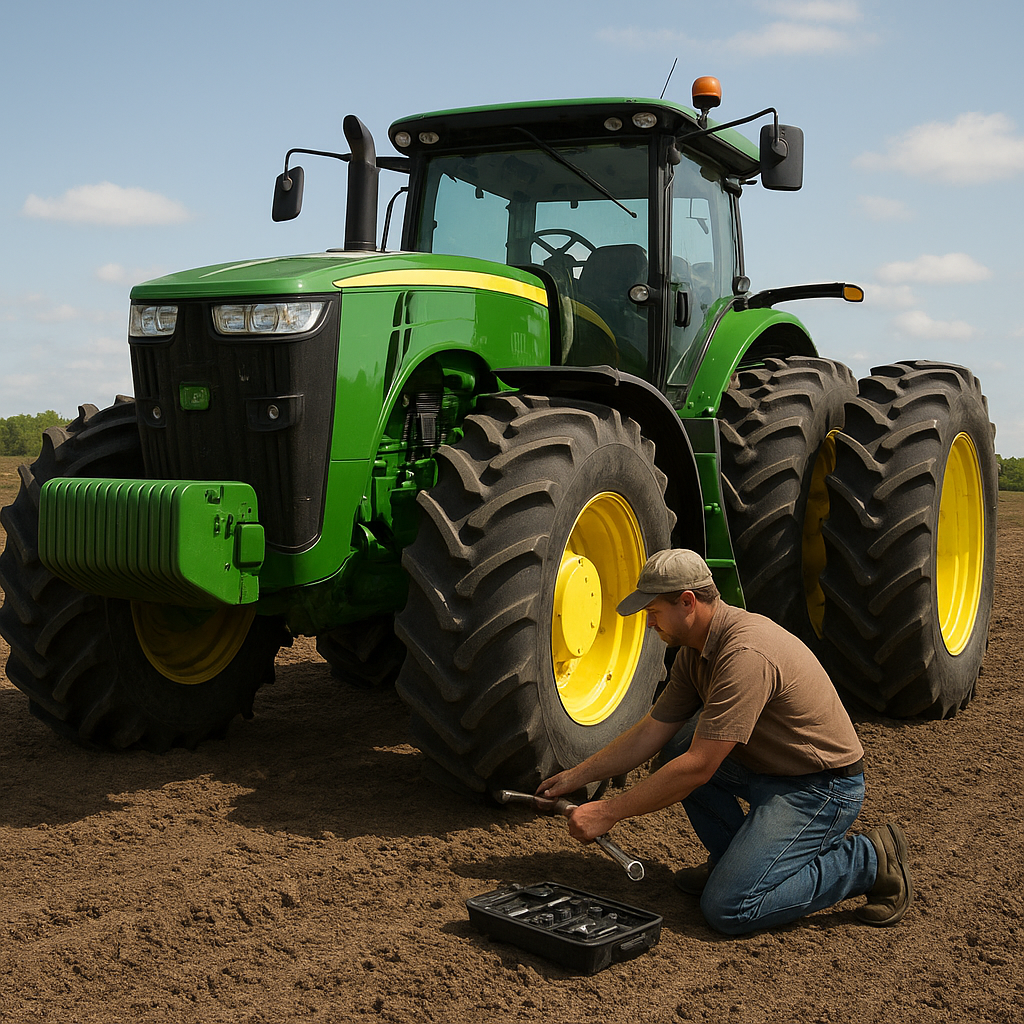Heavy-duty tractors are the backbone of modern agriculture and construction, and their efficiency and performance are significantly influenced by tire technology and track systems. These components play a crucial role in ensuring that tractors can handle the demanding tasks they are designed for, from plowing vast fields to hauling heavy loads. In this article, we will explore the importance of tire technology and track systems in heavy-duty tractors, examining how advancements in these areas contribute to the overall effectiveness and productivity of these powerful machines.
The Evolution of Tire Technology in Heavy-Duty Tractors
The development of tire technology has been a game-changer for heavy-duty tractors. Early tractors were equipped with simple, solid rubber tires that provided minimal traction and comfort. As agricultural and construction demands grew, so did the need for more advanced tire solutions. Modern tire technology has evolved to address these needs, offering a range of benefits that enhance the performance of heavy-duty tractors.
Radial vs. Bias-Ply Tires
One of the most significant advancements in tire technology is the development of radial tires. Unlike traditional bias-ply tires, which have layers of fabric running diagonally across the tire, radial tires feature layers that run perpendicular to the direction of travel. This construction provides several advantages:
- Improved Traction: Radial tires offer better ground contact, resulting in enhanced traction and reduced slippage, especially in challenging terrains.
- Increased Durability: The design of radial tires allows for more even distribution of stress, leading to longer tire life and reduced wear and tear.
- Enhanced Comfort: Radial tires provide a smoother ride, reducing operator fatigue and improving overall comfort during long hours of operation.
Advanced Tread Designs
Modern tire technology also includes advanced tread designs that cater to specific applications. For instance, agricultural tires often feature deep, aggressive treads that provide excellent traction in muddy or loose soil conditions. On the other hand, construction tires may have a more robust tread pattern designed to handle rocky or uneven surfaces. These specialized tread designs ensure that heavy-duty tractors can perform optimally in various environments.
Low-Pressure Tires
Another innovation in tire technology is the development of low-pressure tires. These tires operate at lower inflation pressures, which helps distribute the weight of the tractor more evenly across the ground. This reduces soil compaction, a critical factor in maintaining soil health and crop yields. Low-pressure tires also improve traction and fuel efficiency, making them a valuable addition to modern heavy-duty tractors.
The Role of Track Systems in Heavy-Duty Tractors
While tire technology has made significant strides, track systems have also become increasingly popular in heavy-duty tractors. Track systems offer unique advantages that make them suitable for specific applications and conditions. Understanding the role of track systems can help operators make informed decisions about the best equipment for their needs.
Enhanced Traction and Stability
Track systems provide superior traction and stability compared to traditional tires. The continuous contact of the tracks with the ground ensures that the tractor can maintain grip even in the most challenging conditions, such as wet or uneven terrain. This enhanced traction is particularly beneficial for tasks that require precise control and maneuverability, such as planting or harvesting.
Reduced Soil Compaction
One of the primary advantages of track systems is their ability to reduce soil compaction. The larger surface area of the tracks distributes the weight of the tractor more evenly, minimizing the pressure exerted on the soil. This is crucial for maintaining soil structure and health, which directly impacts crop productivity. Farmers who prioritize soil conservation often opt for track systems to protect their fields.
Improved Floatation
Track systems excel in providing improved floatation, allowing heavy-duty tractors to operate effectively in soft or marshy conditions. The wide tracks prevent the tractor from sinking into the ground, enabling it to traverse difficult terrains without getting stuck. This capability is particularly valuable in regions with high rainfall or areas prone to flooding.
Versatility and Adaptability
Modern track systems are designed to be versatile and adaptable, allowing operators to switch between tracks and tires based on their specific needs. This flexibility ensures that heavy-duty tractors can be customized for different tasks and conditions, maximizing their utility and efficiency. Some track systems even feature adjustable track widths, providing additional stability and adaptability for various applications.
Conclusion
The importance of tire technology and track systems in heavy-duty tractors cannot be overstated. These components are critical to the performance, efficiency, and versatility of tractors, enabling them to tackle a wide range of tasks in diverse environments. Advancements in tire technology, such as radial tires, advanced tread designs, and low-pressure options, have significantly improved traction, durability, and comfort. Meanwhile, track systems offer unparalleled traction, stability, and reduced soil compaction, making them ideal for specific applications and challenging conditions.
As the demands on heavy-duty tractors continue to evolve, ongoing innovations in tire technology and track systems will play a vital role in meeting these challenges. By understanding the benefits and applications of these advancements, operators can make informed decisions that enhance the productivity and longevity of their equipment. Whether through the use of advanced tires or versatile track systems, the future of heavy-duty tractors looks promising, driven by continuous improvements in these essential components.

